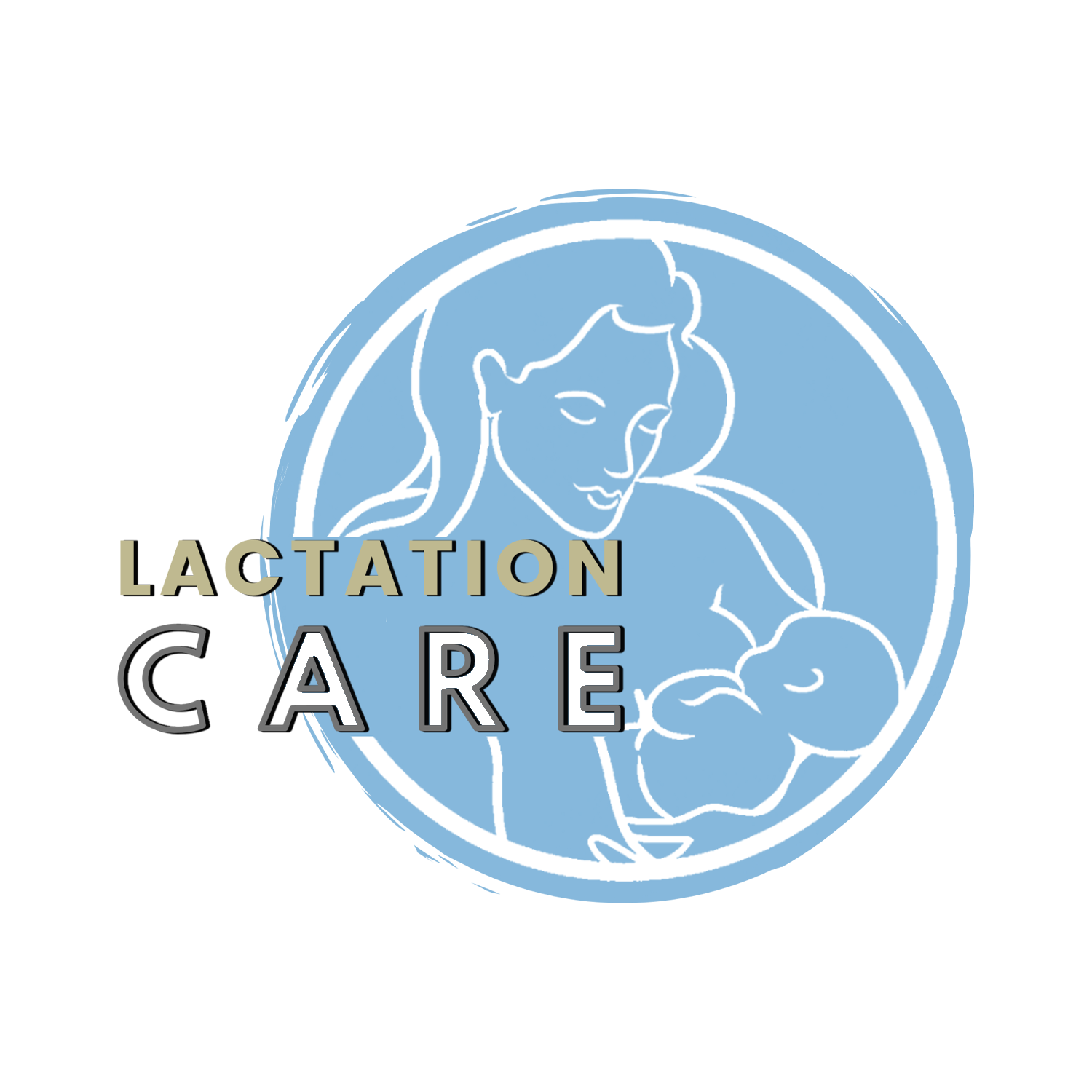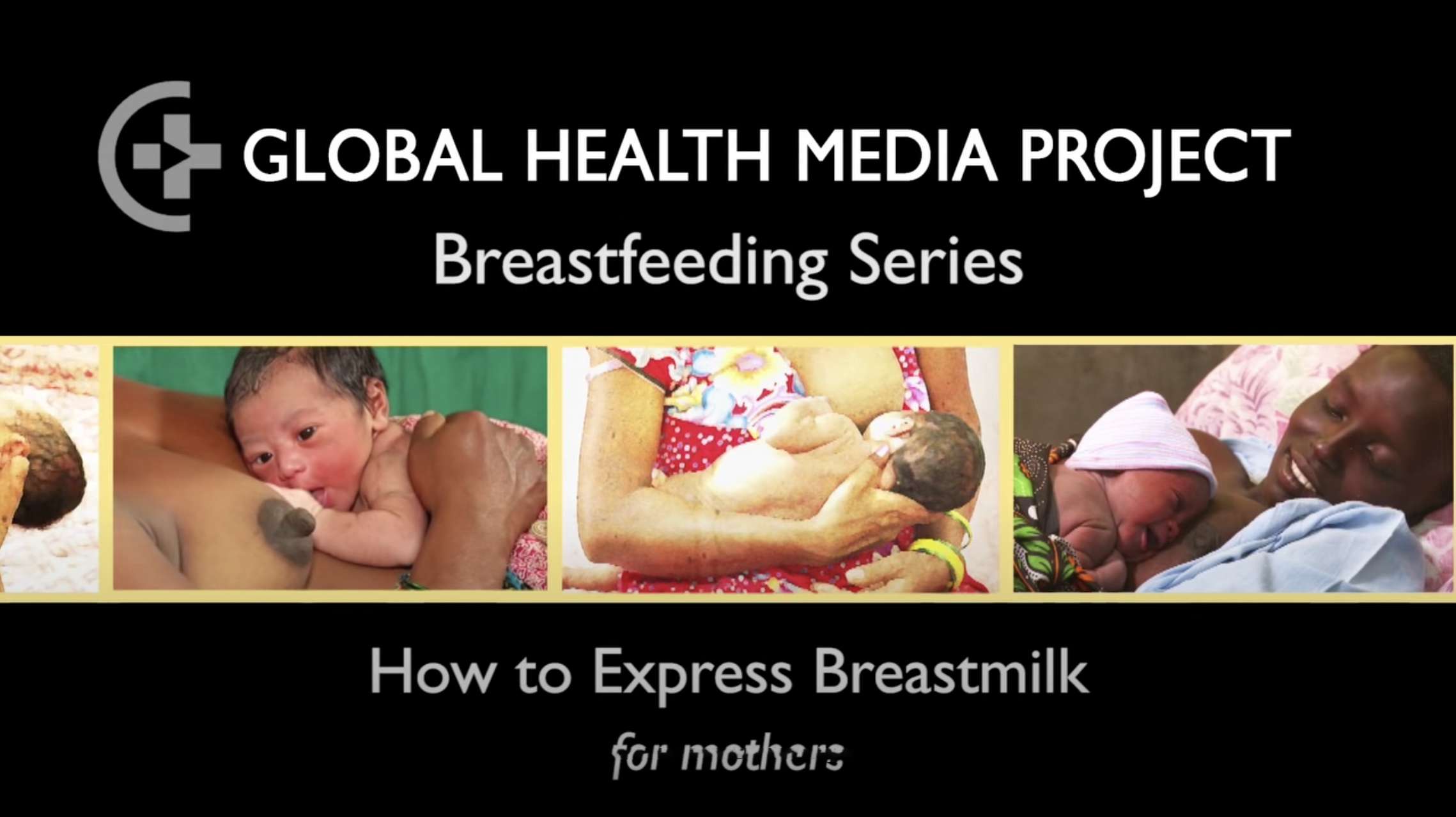All About Breast Milk Supply
Breastfeeding is an essential aspect of infant development, important for the health of both baby and mother. One of the most common reasons parents start supplementing or even stop breastfeeding is because they THINK they don’t have enough milk. It can be a source of great insecurity. This resource is for pregnant mothers, or mothers anywhere into their breastfeeding journey.
This resource has information on:
A. KNOWING you have enough milk.
B. PREVENTING milk supply issues.
C. HOW to increase milk production.
D. WHY your supply is not 100%.
E. MORE resources.
A. KNOWING You Have Enough Milk
Knowing your baby is getting enough can be tricky. Here are some signs that your baby is getting enough milk.
1. Pees and Poops
If the first few days of life, expect one pee per day of age. For poops, expect 1-2 per day until day 3. From day 3 onwards, your baby should have 2-3 poops daily (larger than the size of a large coin, like a toonie).
From day 6 onward, look for 6 (or more) HEAVY, wet diapers. By day 6 you can (hopefully) tell your baby has had a pee without relying on the blue stripe that some diapers have.
Not sure? Put 1/4cup or 60 ml water in an empty diaper and feel the weight and absorbent gel. That is what a normal size pee feels like.
2. Feedings
In the first 24 hours, your baby should be encouraged to feed often. On days 2 and 3, expect your baby to feed frequently, at least eight times but could be a lot more. After day 3, your baby will be satisfied after most feeds and will be calm or fall asleep.
During feeding sessions, your baby will generally be actively feeding until close to the end, and you can listen for swallows, see the baby actively feeding until satisfied, and observe that your breasts soften from before to after a feed. In a day, there may be a period of frequent feedings called cluster feeding as well as some fussy periods.
3. Weight
Your baby's weight checks will tell you that your baby is gaining weight within the normal growth ranges. Make sure your baby is weighed regularly during their first few weeks and months.
After birth, babies are expected to lose weight, with the lowest weight often at day four. For more information on weight gain ranges, see Appendix in Breastfeeding Protocol: Signs of Effective Breastfeeding.
4. Breast Variations
For the first 6-12 weeks, your breasts should feel softer after feeding your baby. After this time, you may not feel those changes as much. This is normal.
Breasts typically feel fuller in the middle of the night and in the morning, and may feel less full as the day progresses. In the evening, as your baby feeds frequently, milk is often lower in volume but higher in fat. This provides lots of calories for your baby to grow and the right fats to support your baby's brain development.
You may find that your baby has a longer sleep stretch after a time of frequent feedings, often called cluster feeding.
B. PREVENTING Milk Supply Issues
After birth: Breast stimulation in the first hour, and the first 24 hours matters. You may not know you have milk right after delivery, but your body has already started making it. Early and frequent breast stimulation is key to easily getting a plentiful supply. Breast stimulation is best done by your baby! If a mother is weak or separated from her baby, breast stimulation can happen by hand expression or pump. If you can’t do it, assign hand expression to your birth partner (video links below). Discuss ahead. Put this in your birth or breastfeeding plan. If you are pregnant, a breastfeeding plan is included in the Breastfeeding with Confidence: Getting Ready Prenatally course.
Grow supply in the first few days: Stimulate your breasts a lot, meaning get as much milk out as you can. If your baby can’t stimulate your breasts well, use hand expression and/or a pump. More milk is made when milk leaves your breasts. If, for some reason, you can’t stimulate your supply, have a trusted person help you. Frequent stimulation matters. Usually, by day 2 or day 3, the baby is keen to do lots of feeding. This is normal and then feedings will settle in intensity. The baby regularly needs to feed at least 8 times in 24 hours.
Build a plentiful supply: Breast milk supply is most easily built in the first 4-6 weeks. After that, supply is generally well established.
Keeping/growing supply: Remember, more milk out = more milk produced. Get milk out frequently and effectively.
C. HOW to Increase Breast Milk Production
The main theme is Remove More Milk More Often. Here is how.
1. Breastfeed more often:
Feed at least 8 times in 24 hours (10-12 times in 24 hours is common in the first weeks).
Feed on both sides each time.
Check your breasts before feeding for lumpy, firm, or fuller areas and feel after to note if there was softening.
If you question your supply, add another feed in each 24-hour period.
Feed between 1-5 am when your prolactin hormone levels are highest. This is the hormone that helps you produce milk.
Know that the more frequently you get milk out, the more your breasts will produce.
If your baby is hungry, don’t wait for your breasts to be full or firm. This is counterproductive as your body is now getting feedback to produce less, and another hormone called FIL, Feedback Inhibitor of Lactation, will kick in. Keep it simple. When your baby is hungry, simply feed your baby.
Feed 3 or 4 “sides” within a feeding session. Changing sides more often can stimulate the baby to feed more and sleep less during feeding time. There is nothing wrong with your baby sleeping at your breast, but if your goal is to feed more, then switch sides when your baby seems to slow down or pause feeding.
Have a Lactation Consultant, IBCLC, evaluate effective milk removal. The IBCLC can teach you what you’re feeling for, what swallowing looks like and sounds like, effective latching and feeding, hunger cues, and satiation cues.
2. Hand expression:
Hand express milk between feedings, after a feeding, or any time you feel like it. For example, you can express milk during normal bathroom trips, a habit you already have and can add to. · Unless there’s a large volume, you do not need to save it.
Hand expression stimulates milk production differently than pumping and can help build supply. Learn more by watching these two videos on hand expression. Click on the image to play.
Some women choose to express breast milk by hand – which can be done almost anywhere.
Hand expression does take practice. Here's a useful video to help you with the basics!
Expressing breast milk can relieve breast fullness, soften the breasts, and make it easier for the milk to flow. It can also build supply. This video shows how to hand-express breastmilk.
Copyright © 2015, Global Health Media Project
Be careful not to rub your skin or pinch your nipples during hand expression. While it may feel strange, it should not be painful.
Experiment with different techniques and find what works best for you.
If you are pregnant:
Start practicing hand expression from 36 weeks. This will help you become familiar with your breasts and be a good skill for after your baby’s birth.
You may or may not produce any milk at this point, but if you do, you can store it in a syringe or food-grade container. Label it, freeze it, bring it to your birth, and freeze it at your birthing location. It can be thawed later and be ready for your baby in the first few days if some extra calories are needed or your baby’s blood sugar needs a small boost.
3. Pumping
If you have your own breast pump, start with that. If you're not seeing the desired results within 1-2 days, consider renting a hospital-grade pump.
A list of pump rental places for Lactation Care's area may be found here:
Breastfeed first, then ideally pump 15-20 minutes later. The pause allows your body to “letdown” to the pump more easily. Pump for about 15 minutes, or until your milk flow slows down.
Frequent pumping and breast stimulation throughout the day will give you better results than lengthy pumping sessions.
To get more milk during a pumping session, use your hands. Learn how to use your hands, called Hands On Pumping, in this video:
For more detailed information on expressing, collecting, and storing breast milk, see the Breastfeeding Protocol: Expressing, Collecting and Storing of Human Milk. This was developed as a resource for professionals but parents benefit too.
4. Additional options:
Some foods and herbs, such as oatmeal, garlic, and ginger, are commonly used by new mothers and may help with milk production. Though foods and herbs are not well researched, they may help new breastfeeding mothers. Traditional cultural foods for new mothers can be comforting.
Herbal supplements like Fenugreek, Blessed Thistle, Goat's Rue, Shatavari, and Moringa help some women increase their milk supply. Research on them is emerging. For more information, visit:
Domperidone, a prescription medication:
Has a small and growing body of research, frequently used with success.
In a risk/benefit analysis, there are often health benefits to taking this medication to build supply, resulting in a decreased need for formula. which has its own risks.
Consult with an IBCLC for more information on the risks and benefits. If using it, be sure to wean off it slowly. For more information on Domperidone, visit HERE.
D. Understanding the Reasons for Your Low Supply
If your milk supply is not 100%, it is important to identify why. There can be many reasons but addressing the cause will give you the lasting results you want. A Lactation Consultant (IBCLC) can personalize recommendations and help determine the cause of your low supply.
Here are some common reasons for low milk supply, which may occur in combination:
Early lack of breast stimulation after delivery
Feeding patterns
Early use of pacifiers
Ineffective suck
Inappropriate amounts of supplement
Inappropriate bottle-feeding technique or flow preference
Scheduled feedings
Oral restrictions
Tight muscles
Difficult birth experience
Sleepy baby not cueing to feed
Missed feeding cues
Overfeeding by alternate methods
Underfeeding
Timed feedings
Mother or baby health issues
E. Additional Resources
BREASTFEEDING PROTOCOL: Signs of Effective Breastfeeding, This provides plenty of helpful information, particularly Appendix A, which outlines normal weight gain:
Boosting milk supply. Check out these resources:
Consult an IBCLC. Contact an International Board Certified Lactation Consultant (IBCLC) to get expert help and get back on track.
You may schedule an appointment online, or email hello@lactationcare.ca.
Many thanks to the RNs and IBCLCs who reviewed this document to make it stronger
Sonya Boersma MScN, RN, IBCLC, Lactation Care © February 2023














